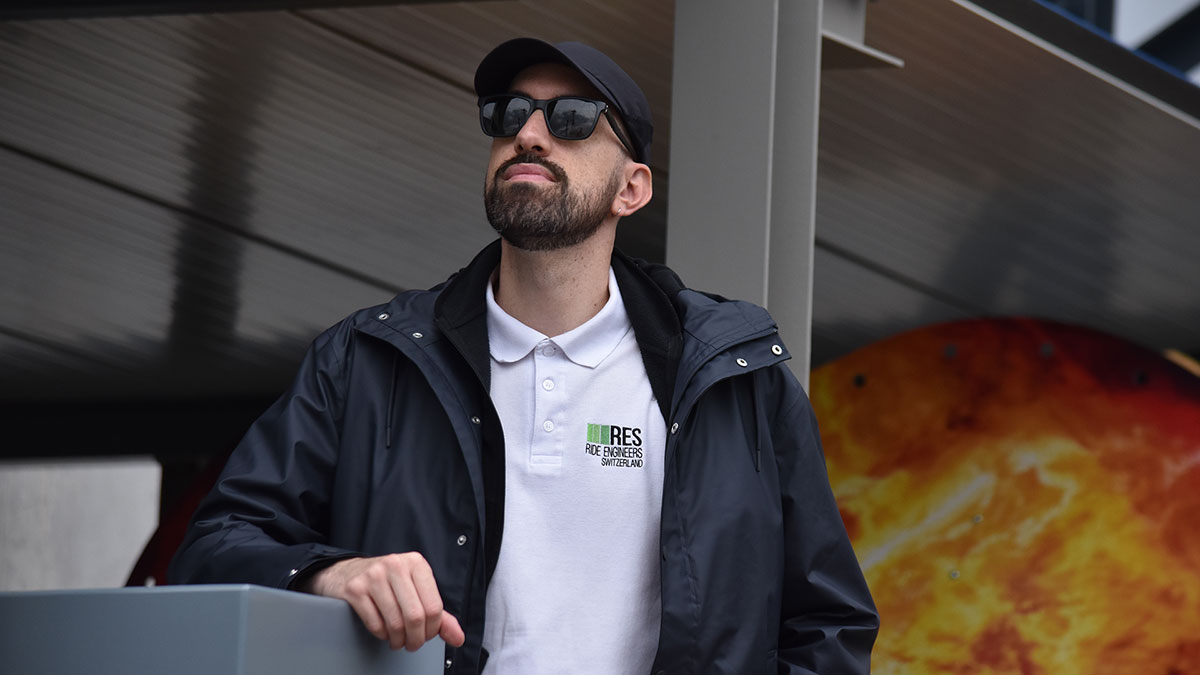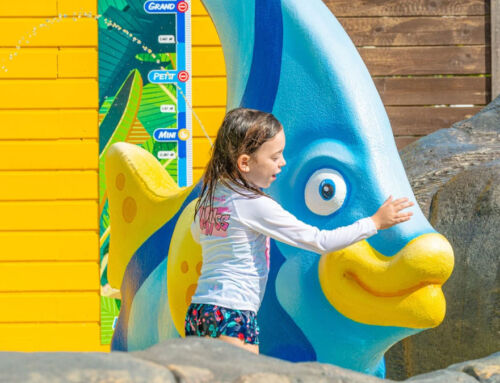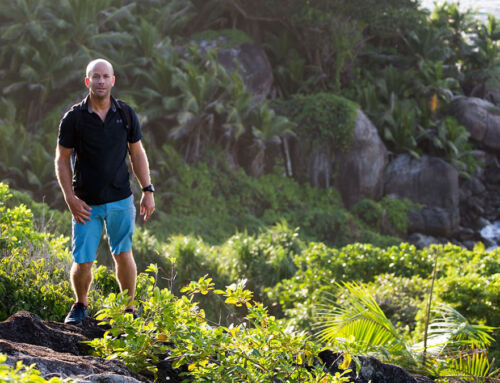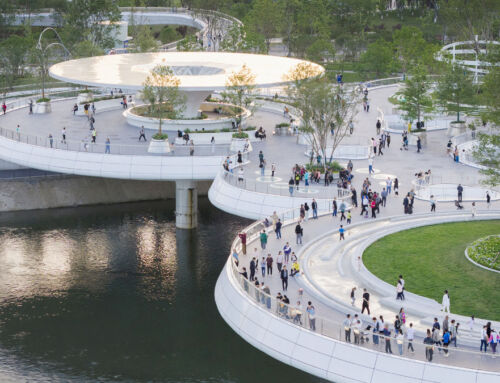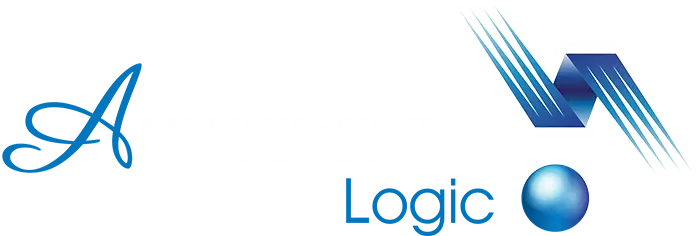Read what this engineer specialised in leisure attractions shares with us -and you-. Enjoy his background in the design and innovation of roller coasters and other attractions for international theme park projects; or his pioneering thesis on variable rides -very interesting-, and his role in RES RIDES. Learn about the importance of multidisciplinary engineering and safety. Pay attention to what he tells us -he tells you- as a STEM (Science, Technology, Engineering and Mathematics) communicator. Savour his passion for this – exciting – field, which he brings closer to the new generations, and discover the trends and challenges he unveils in a constantly evolving industry. We have already done so…
Amusement Logic: You received recognition for your thesis on roller coasters with variable rides. How did this innovative idea come about and will it ever materialise?
Óscar Elgarrista: During my degree in Industrial Engineering there were very few possibilities to work directly with rides, so I wanted to make the most of the final project as a great opportunity to do so. I proposed a roller coaster that allowed the route to be modified in each cycle by means of a system of switch tracks that changed the route and direction. In addition, it incorporated new technologies such as an application from which visitors could decide which route the next train would take. It was a very complete proposal, not so much for its immediate viability, but for the multidisciplinary approach that covered mechanical, electrical, interaction and user experience issues… Today, there are already similar attractions that apply similar principles (roller coasters and flumes), which proves that this intuition made sense.
A.L.: You have worked on new attraction projects for parks such as Linnanmäki (Finland), Sea World Abu Dhabi (UAE), Gröna Lund (Sweden), Mirabilandia (Italy), Conny-Land (Switzerland) …. Which of these projects was most challenging and why?
O.E.: Each project has its own particularities, depending on the role you play. In my case, I have had the good fortune to work on relevant projects, both for manufacturers and operators, with Parques Reunidos, Intamin and currently, RES RIDES. In each case, curiously, the challenges are different. For example, as an operator, you are faced with a very broad scope: permits, civil works, queue and operational management, waste management… On the other hand, in the role of manufacturer, the focus is narrower; perhaps the scope is smaller, but much more specialised and complex. In all of them, the common denominator, and probably the greatest challenge, is the management of the human factor: people, communication, decision-making… The key to a good result, both technically and humanly, lies in knowing how to coordinate and empathise.
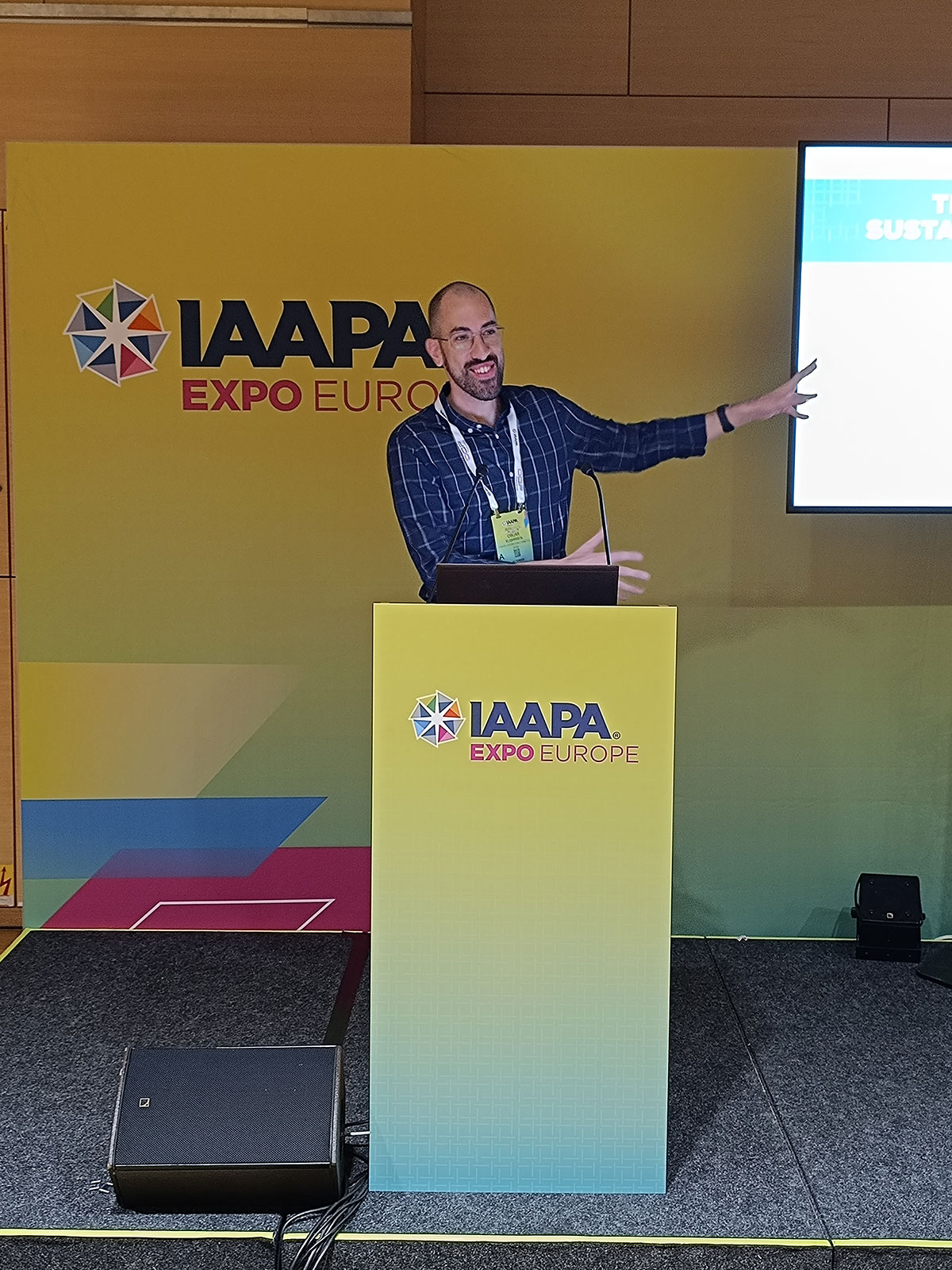
A.L.: You work as Project Engineer at RES RIDES, the company that has created, for example, the Roller Ball M ride at Conny-Land. What technological trends are integrated in your designs to differentiate you from your competitors?
O.E.: Nowadays it is common to find the same models of attractions repeated in almost every park. At RES RIDES we have always wanted to move away from this pattern and we have opted for different models, both in terms of physical sensations and in terms of aesthetic, narrative and functional design. We are committed to unique concepts that surprise at first sight, even before getting on. What sets us apart is that we do not start from a closed catalogue: many of our projects are born from an idea for the park that does not yet exist on the market… and we make it a reality.
For example, for the Shanghai Dungeon, the operator Merlin Entertainment asked us for a free fall, but there was not enough space for a ‘conventional’ model, so we developed a free fall with standing passengers and without a harness, unique in the world, which is integrated into the story and meets the technical requirements of the space. This type of customised projects, which are for the main part unknown, are only possible with an extremely specialised technical team, with a very high level of engineering, capable of resolving challenges that do not always have a manual. This allows us to offer different proposals that add value to both the operator and the visitor.
A.L.: With your previous experience at Parques Reunidos as safety director, what measures do you consider critical to ensure the safety of visitors, without sacrificing the thrills?
O.E.: The attractions, by regulation, are already designed to be safe. The regulations are clear and exacting, and both manufacturers and operators are well aware of our role in that respect. I would go as far as to say that it is the part of the whole system that tends to worry me the least. The real challenge is the human factor. We have to think about a very wide range of visitors (of different ages, abilities, cultures, ….) and prepare for this in both facilities and procedures. We must not forget that the safety of park employees (operators, maintenance, etc.), supervision and respect for the working environment are key. A good occupational risk prevention policy, continuous training and a human approach are essential, so that employees are cared for and prepared. Only in this way can safety be guaranteed without losing the exciting essence of this type of facility.
A.L.: Is there any specific case during your work in which your training in work psychology or ergonomics prevented a risk?
O.E.: I remember my time in the parks as a very satisfactory experience because I was able to learn in situ about the operations of different areas, such as attractions, restaurants, kitchens, shops, etc… This direct presence allowed me to see first-hand how people really work on a day-to-day basis, beyond the manuals or theoretical procedures. In many cases, the dynamics rooted in the classic ‘this is how it has always been done,’ are a major challenge if you want to introduce changes that improve safety and efficiency. Thanks to the training in ergonomics and psychosociology, which is one of the three specialities of the qualifying master’s degree in Occupational Risk Prevention, it was possible to analyse processes with a broader view, to support decisions with solid and rigorous arguments and to propose adjustments that facilitated the work of the teams. Rather than major changes, these were small improvements that facilitated the work and reduced the risk of injury and fatigue, and also improved coordination between departments. Again, the human factor is very important.
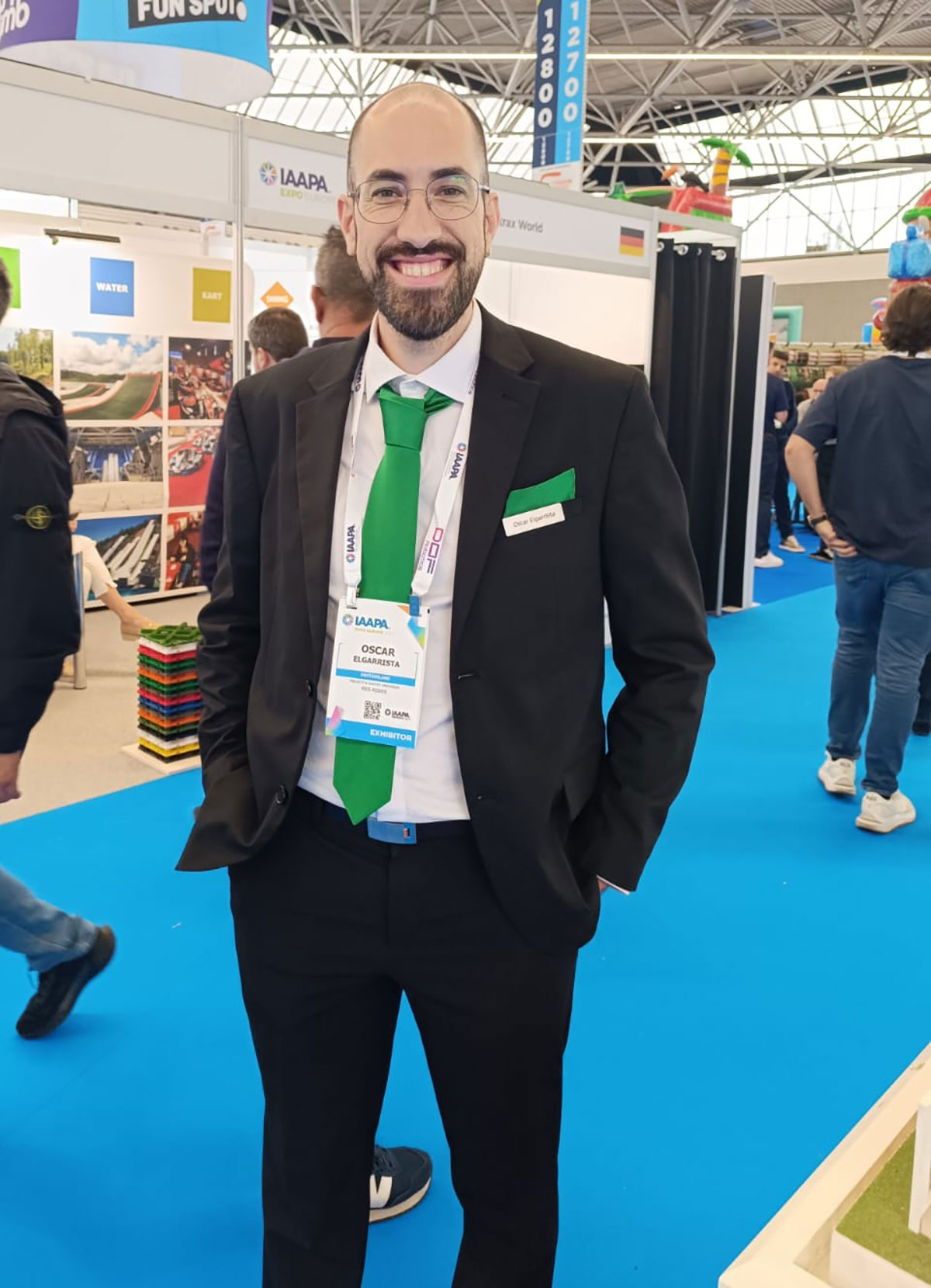
A.L.: In your role as a STEM communicator, how do you bring leisure engineering to the general public, especially to young people interested in this field?
O.E.: My technical vocation was born in childhood, thanks to the many visits to PortAventura with my parents and grandparents. I especially remember the magic of the shows and even a construction tour we attended in 1994, before the park opened. Seeing the magnitude of that project had a profound impact on me. From then on, I planned all my studies and efforts to achieve the goal of working in this sector.
Today, as a leisure engineer, I try to share this passion both with professionals in the sector and with future generations. On the more professional side, I have had the honour of promoting the Leisure Engineering Working Group at the College of Industrial Engineers of Catalonia, a pioneering space in Spain aimed at technical professionals who work directly or indirectly (or want to work) in the field of leisure facilities. We organise courses, specialised conferences, technical visits, articles in the digital magazine Fulls d’Enginyeria, etc…
In parallel, through the adrenalina.cat platform, we disseminate STEM content in a closer and more educational tone, aimed especially at young people curious about the technical side of the attractions and shows. One of the most special projects has been the PortAventura Casting 95 docu-series, which includes testimonials from the artists and technicians responsible for the origins of the park. I have had the opportunity to interview artists who performed on the park’s stages when I watched them as a child from the stalls, some of them very well-known on television today; or technical managers who were part of the creation of the park and have been very important figures in the theme park industry, such as the creatives Craig Hanna and Cliff Warner (Universal Studios), the industrial engineer Vicenç Veses, the architects Emili Tramullas and John Kemper (PGAV) and many more.
It has been my way of thanking all of them for how much they inspired me as a child, and to bring leisure engineering closer to everyone through the emotion I felt myself.
A.L.: What differences do you see between the European market and others such as the Middle East or Asia in terms of visitor expectations?
O.E.: The main difference is the scale of the projects. In the Middle East, initiatives are currently being developed on a scale that is difficult to imagine in Europe, where the market is more consolidated and, although highly regulated, easier to manage. In our case, as manufacturers, we always work with an eye to the future, not only to design attractions that meet today’s expectations, but also to ensure that they remain benchmarks for many years to come. That is why they must have that differential point and an engineering that is highly adapted to the characteristics of each location.
In the case of the Asian market, one of the great challenges is not so much the technical execution, but rather the complex regulatory framework and the long prior processes, marked by strict inspections and governmental procedures that can complicate and prolong the execution of the projects.
A.L.: You have worked in Liechtenstein, Spain, the United Arab Emirates… How do you manage cultural and regulatory differences in international projects?
O.E.: Working in multicultural environments is common in this profession, especially in the Middle East, where the teams are international and mostly European. The key is trust and rigour. Meeting commitments in a timely manner, respecting local procedures and maintaining constant and clear communication. There is a universal language in engineering: that of a job well done and reliability.
A.L.: In an industry where projects can last for years and face unforeseen events, how do you stay motivated and creative?
O.E.: The great thing about this industry is that every project is different. Throughout my career I have learned a lot from all the projects and initiatives I have led. I would especially highlight what I have learned beyond the technical side: we go back to the human side, in other words, dealing with suppliers, coordinating teams, dealing with unforeseen events…
When I was a child, I followed the construction of new attractions from behind the fences, analysed the photos, watched every movement on the construction site… I remember being fascinated by watching the manufacturers’ workers put the attractions together… And now, many years later, it is me who is ‘on the other side of the fence’, while the new enthusiasts watch the construction work. Seeing the excitement of the visitor enjoying something you have contributed to is a huge reward. It is a great motivator, even at the most demanding times, and reminds me why it was so worthwhile to go into this profession.
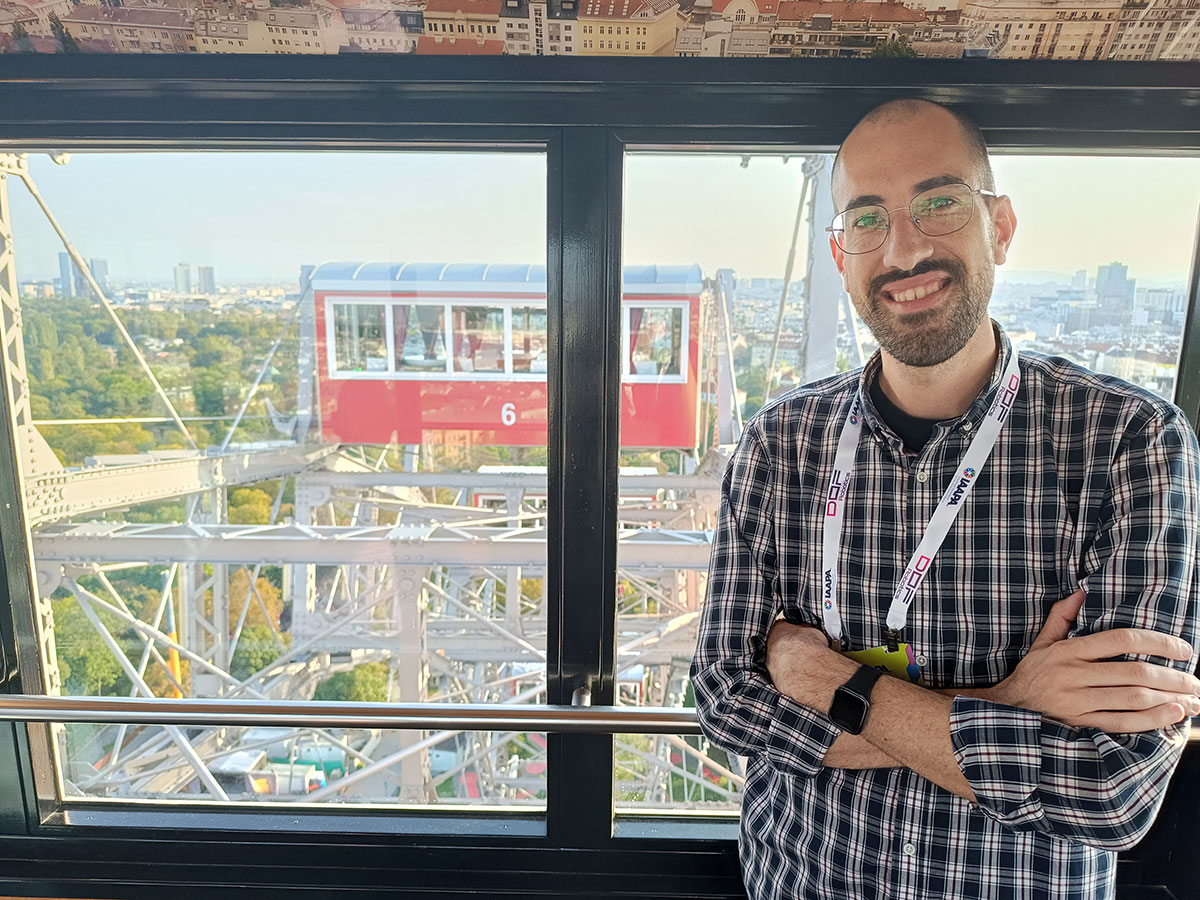
A.L.: Where do you think leisure engineering is headed: virtual reality, artificial intelligence integration, other innovations?
O.E.: Personally, I believe that physical sensations will continue to lead the way in entertainment experiences, although diversification of the offer is key to the success of any leisure venue. Fewer and fewer large-scale venues are being built; however, there is a significant growth of leisure centres in urban environments (FECs, etc…), which contribute to democratising access to attractions in unusual locations. These offer novelties and demand a high degree of flexibility and ability from manufacturers, to implement innovative ideas and to adapt to design-demanding environments.
Regardless of the direction the sector takes, behind any facility or event, leisure engineering will never cease to be the essential discipline to guarantee its good design and operation. In Spain we are lucky enough to have practically all types of leisure facilities: theme parks, amusement parks, fairs, water parks, animal centres, cable transport, music festivals, travelling structures and a long etcetera…
Despite the legal and regulatory challenges that persist in our country, and obviously negative factors such as the seasonality of the sector, we technical professionals have a legal responsibility that we fully assume: we are the ones who evaluate, design, validate and sign-off. For this reason, we must lead (and we do) the improvements that the sector needs, unquestionably, based on technical rigour and experience.
Fortunately, we are no longer alone, but there are spaces where we can train, share knowledge and promote networking among professionals, such as the Leisure Engineering Working Group. Only from this union and professionalisation will we be able to generate the necessary strength to promote legislative changes that provide greater legal security to all parties involved. The objective is clear: to build a leisure industry in which everyone wants to work.


